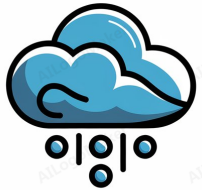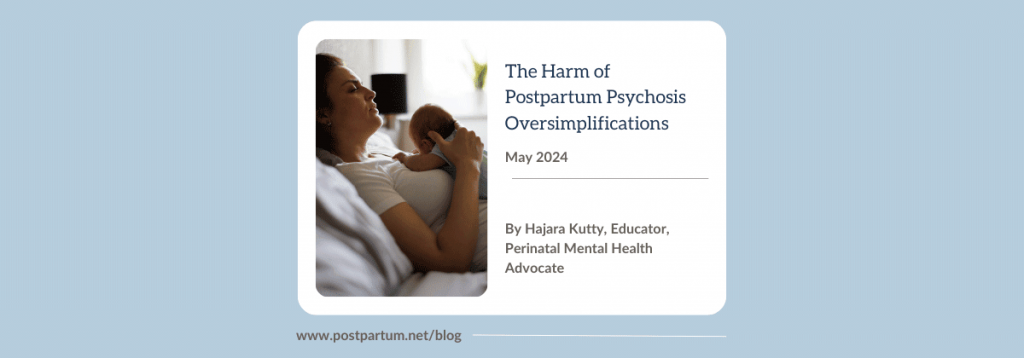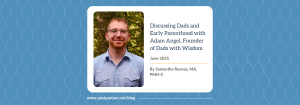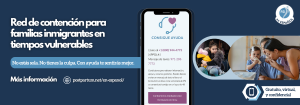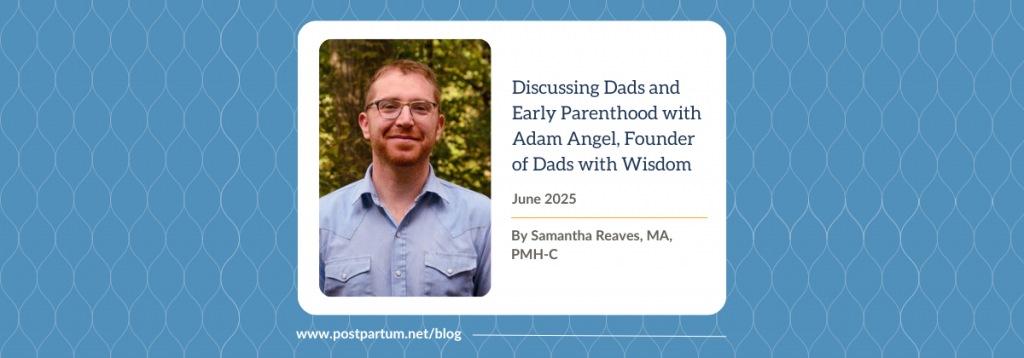Trigger Warning: postpartum psychosis, hallucinations, infanticide
Mothers suffering from postpartum obsessive-compulsive disorder (PPOCD) will be terrified of their disturbing thoughts, while those with postpartum psychosis (PPP) won’t.
Oversimplifications like these can be found in articles and TikToks as though they are verses of perinatal gospel. More concerningly, they can even be heard at perinatal mental health training sessions and conference presentations.
These oversimplifications make it seem like the main distinction between the two conditions (PPOCD and PPP) is simply whether or not a mother is distressed by her thoughts and urges. Presumably, those who are distressed or horrified will not harm their children. It’s easy to see why this idea would have such appeal and why it spreads like wildfire in discussions of PPOCD and PPP. After all, it seems to offer a way to determine if one is suffering from a life-threatening psychiatric emergency without even having to visit a perinatal specialist.
The only problem is that it’s wrong.
Consider the following words from Andrea Yates after a suicide attempt. Yates’ tragic story is credited with putting a face to the devastating condition that is postpartum psychosis. “I had a fear I would hurt somebody. I thought it better to end my own life and prevent it [from happening].”
On the surface, it seems obvious that Yates felt horrified by whatever thoughts she was experiencing –- to the point where she felt like she’d rather take her own life rather than risk harming others. Based on the above distinction, it would appear Yates was suffering from PPOCD and was, therefore, unlikely to be at risk of harming her children. Nothing could be further from the truth, considering Yates drowned her five children and was diagnosed by multiple psychiatrists as having been psychotic.
This situation is a prime example of what can happen when a serious illness is oversimplified. Oversimplifications that reduce the difference between PPOCD and PPP to a single factor are unhelpful and even fatal.
Mothers with PPOCD will most definitely be distressed by their disturbing thoughts. And because of this, research has consistently found those with PPOCD are not at risk of harming their children. However, the reality is that moms with PPP, like Yates, may also be distressed by their thoughts.
The real difference between the two conditions can be found in the DSM: the presence of either hallucinations or delusions. If a simplification of the issue is needed, perhaps looking to the DSM on this matter may be one’s best option since only those with PPP, and not PPOCD, will additionally experience either hallucinations or delusions.
It’s also important to recognize that women with PPP often feel forced to act on thoughts they disagree with. To conflate causing harm with a desire to harm overlooks key symptoms of this illness, including the presence of command hallucinations.
Recent incidents, including the Duxbury tragedy involving Lindsay Clancy, have led to increased attention being directed to the topic of postpartum psychosis. But what’s just as important is ensuring that increased awareness actually helps and doesn’t impede a woman’s effort to get proper help.
Get Help in an Emergency
Postpartum Psychosis Help
Free Online Peer Support Groups, including Perinatal OCD and Pregnancy and Postpartum Psychosis Support for Survivors
